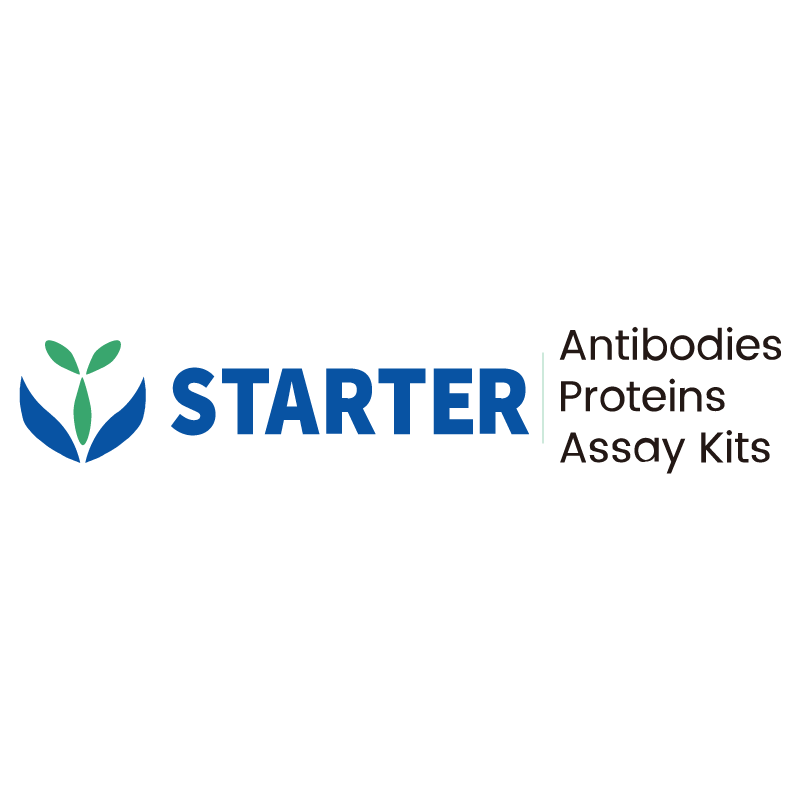Flow cytometric analysis of Jurkat (Human T cell leukemia T lymphocyte, Left) / U266B1 (Human multiple myeloma B lymphocyte, Right) labelling Human CD138 antibody at 1/2000 dilution (0.1 μg) / (Red) compared with a Mouse IgG1 (Black) Isotype control. Goat Anti - Mouse IgG Alexa Fluor® 488 was used as the secondary antibody. Negative control: Jurkat
Product Details
Product Details
Product Specification
| Host | Mouse |
| Antigen | CD138 |
| Synonyms | Syndecan-1; SYND1; SDC; SDC1 |
| Location | Membrane |
| Accession | P18827 |
| Clone Number | S-R553 |
| Antibody Type | Mouse mAb |
| Isotype | IgG1 |
| Application | FCM |
| Reactivity | Hu |
| Positive Sample | U266B1 |
| Purification | Protein G |
| Concentration | 2 mg/ml |
| Conjugation | Unconjugated |
| Physical Appearance | Liquid |
| Storage Buffer | PBS pH7.4 |
| Stability & Storage | 12 months from date of receipt / reconstitution, 2 to 8 °C as supplied |
Dilution
| application | dilution | species |
| FCM | 1:2000 | Hu |
Background
CD138, also known as syndecan-1, is a transmembrane heparan sulfate proteoglycan that plays a crucial role in cell adhesion, migration, and signaling. It is predominantly expressed on the surface of plasma cells and certain epithelial cells. In plasma cells, CD138 serves as a valuable marker for their identification and isolation, aiding in the diagnosis and study of plasma cell disorders such as multiple myomael. On epithelial cells, it contributes to the maintenance of cell structure and function by interacting with extracellular matrix components and growth factors. Additionally, CD138 is involved in various biological processes including wound healing, inflammation, and cancer progression. Its ability to bind and modulate the activity of numerous proteins makes it an important factor in cellular communication and regulation.
Picture
Picture
FC


